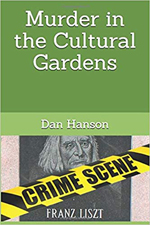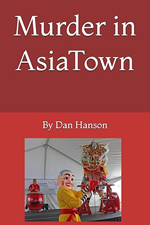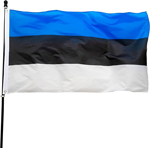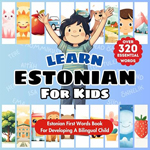The Estonian Cultural Garden was dedicated June 19, 1966. Each year, the Estonian community and friends gather to celebrate Estonian Victory Day (Võidupüha) and St John's Day (Jaanipäev). See photos and video of the Estonian event.
Toomas Tubalkain served as MC and in his remarks he read a poem that he had written called Lost in Translation which focused on the phrase "Eesti meel' which cannot be directly translated. Eesti is Estonia in English. 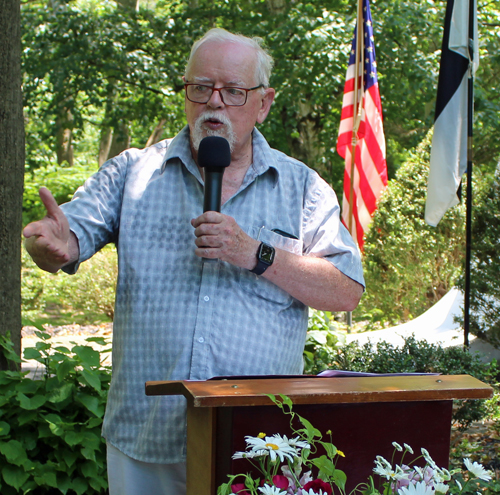 Toomas Tubalkain Toomas Tubalkain
'Eesti meel' cannot be translated to a foreign language I know. It has something to do with what we like about ourselves, is reflected in a national character. It has something to do with the language we speak, more importantly with the language we use to think.
Eesti meel is based on over 600 years of serfdom. The language saved our identity, became our identity became the home for Estonians world-wide. The language was not written but oral (serfs were not taught to read or write). We honor the oral tradition in choral song, poems set to music, poems sung by groups.
Eesti meel has created a separate world that we live in. Choral conductors are the most respected members of Estonian society. Laurel wreaths are hung around their necks at special occasions. This is a simple pagan symbol that sets them apart, a notch above everyone else.
Eesti meel is always intertwined with language (Eesti keel). Where else will 30,000+ singers share a stage and conductor, perform for over 100,000 souls, stirred to tears by the beauty of a voice uniquely our own.
Eesti meel is civilized, in the best sense of the word. The country literally sang itself to freedom, impromptu groups gathering on the Song Party grounds singing banned songs about their homeland, first 10,000, then 50,000, 100,000, within a week, 250,000+ voices joining together, demanding freedom.
Eesti meel invented a way to defeat a superpower, the unified voice of the people, ultimately a third of the population gathered together in celebration, no guns, no violence, just the human voice demanding freedom. Culture reigned supreme over years of occupation.
Eesti keel ja Eesti meel. Estonian language and Eesti meel cannot survive without each other. The language shapes the thought, the thought shapes the voice, when it works well, its beautiful music.
In the words of famed Estonian poet Hando Runnel, "Ilusmaa, ilusmaa, ilus on maa mida armastan." or in translation, "Beautiful, Beautiful, Beautiful is the land that I love."
In 1991 Estonia regained its independence in a non-violent revolution. We like to call it the Singing Revolution. When an entire nation unites in song, even the Soviet Union could not respond. They simply gave up and left. There was a lot of well reasoned diplomacy and political maneuvering as well, but the lasting image of this revolution, the symbol of Estonia's regaining its independence was 300,000 people singing patriotic songs and unfurling the banned blue, black and white flag.
I think this had something to do with Eesti meel, but I can't translate it to a language I know.
by Toomas Tubalkain
Back to the Victory Day main page.
***
Want to learn about ethnic and cultural events in Cleveland such as this? Sign up for the free eNews and every Tuesday evening you will receive a free e-mail listing the next week's events. It's easy and free.
Fill out the form for the free weekly eNews.***
Back to Cleveland Estonians
| 
